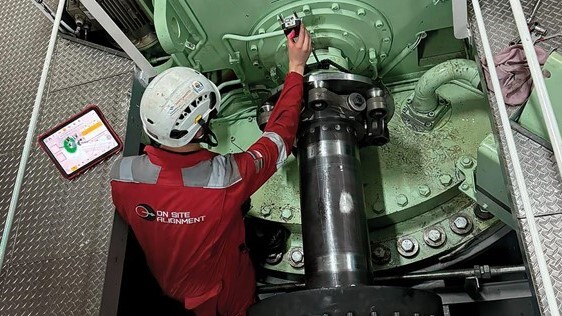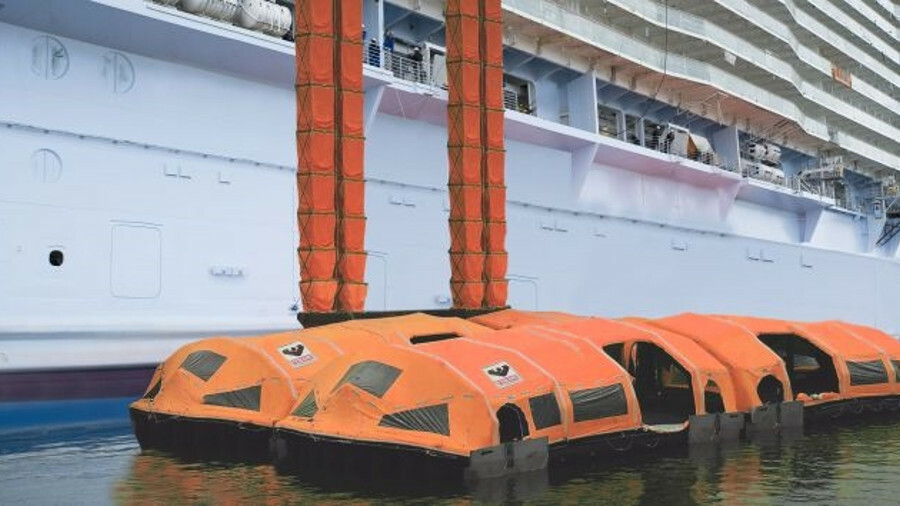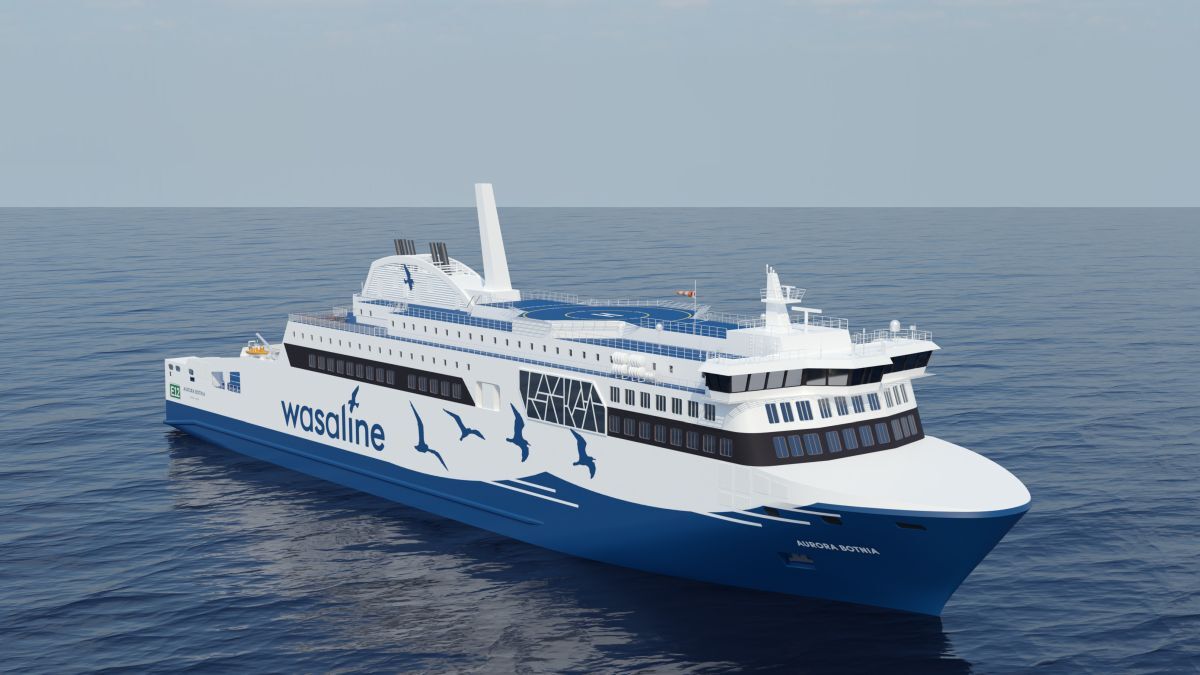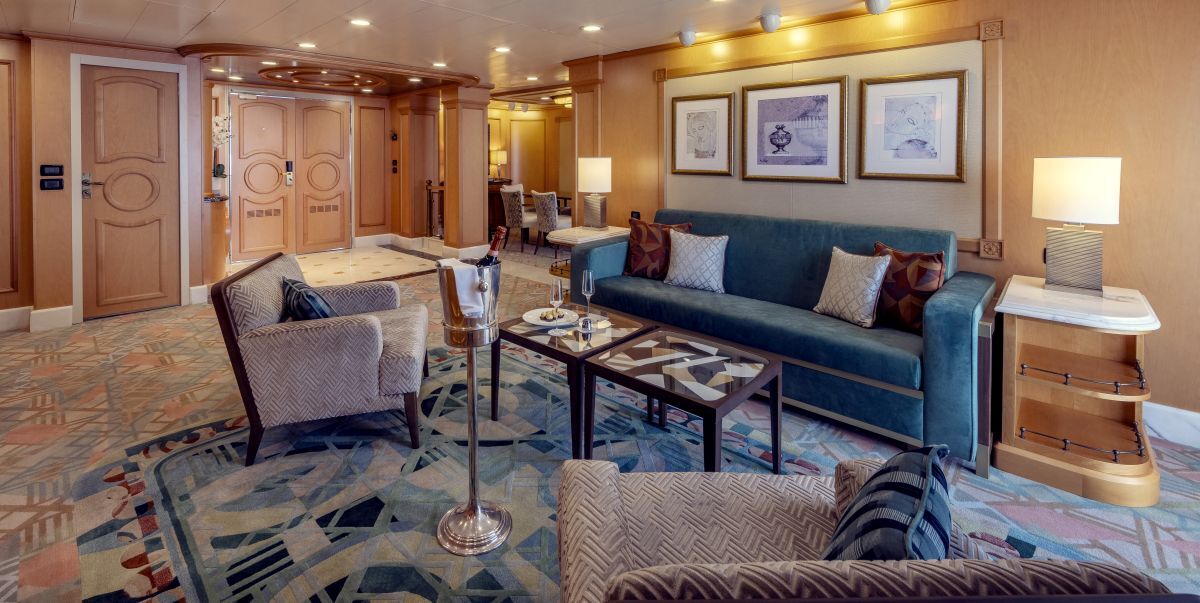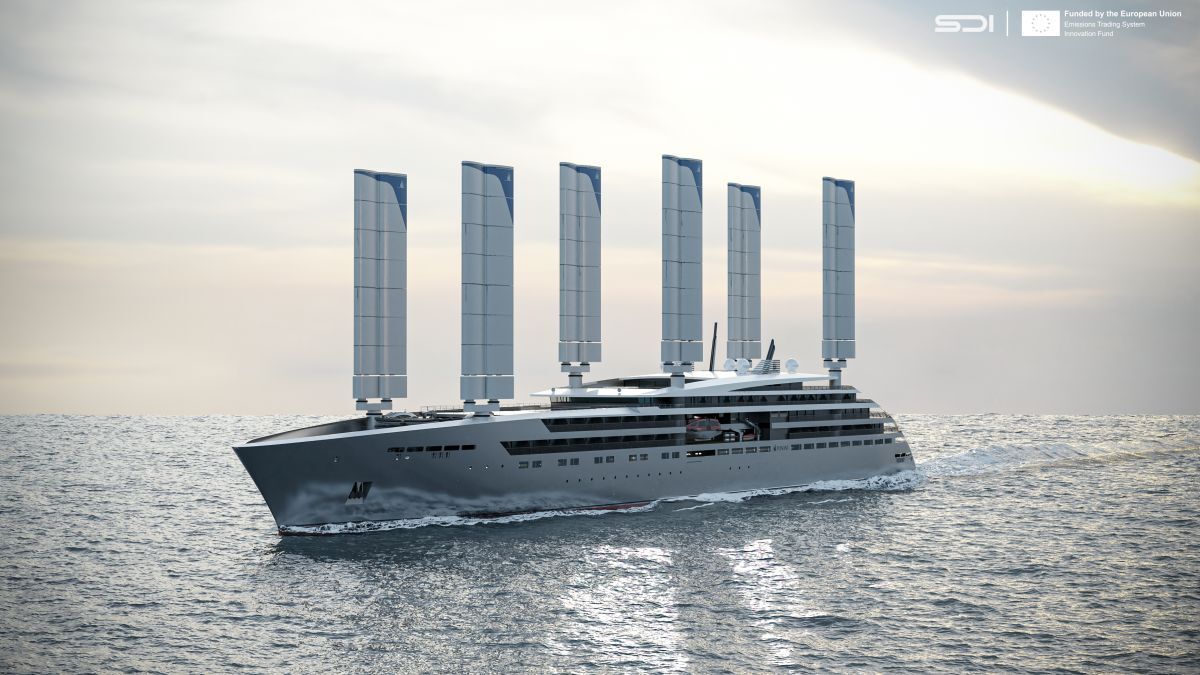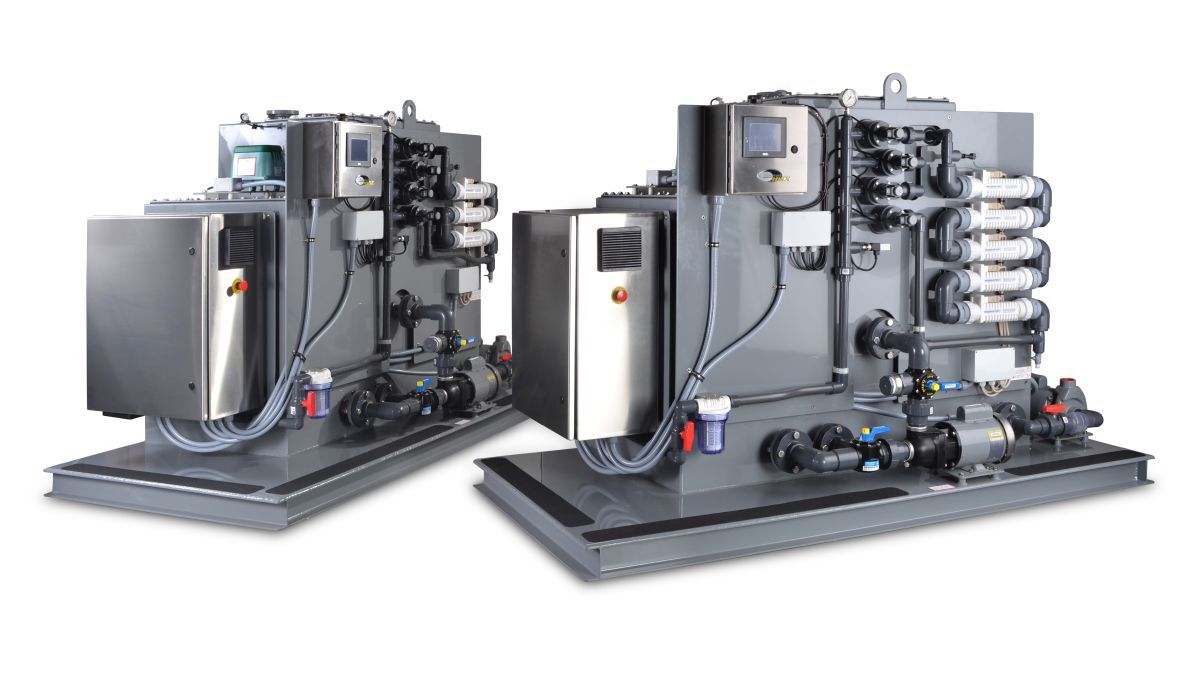Business Sectors
Events
Contents
New lifeboat models launch in passenger ship sector
Major lifeboat manufacturers reveal new lifeboat solutions, contracts and service developments that will be key in the cruise and ferry market this year
An incident on a Carnival cruise ship which saw five people injured in January (see box-out) underlines why lifeboat safety is still top of the industry’s agenda.
And 2018 will be characterised by new safety solutions and contracts for the passenger ship lifeboat market.
The year kicked off with Norsafe’s January announcement that it has entered the ferry and cruise market with a new lifeboat, which has been ordered for Viking Line’s newbuild ferry.
Minima 88 – a partially enclosed lifeboat – is a compact 8.8 m boat with a width of 4.25 m for 150 persons. Norsafe said in a statement “A spacious cockpit in the middle of the boat provides excellent visibility during embarkation, with a good view for the helmsman. The forward visibility is excellent and a roof hatch in the cockpit provides vertical visibility towards the davits during launching/retrieval.”
It also highlighted the boat’s large side doors, which it said will aid “the fast and efficient embarkation of the crew.” Seats are arranged on two levels and a mechanical steering nozzle propulsion arrangement has been specified to make it more manoeuvrable and to give it increased bollard pull compared with other craft of its size.
Norsafe has received an order from Xiamen Shipyard in China for six Minima-88 lifeboats with compatible LHD-200 davits to be fitted to a newbuilding ferry for Viking Line. This is due to come into service in 2021 on routes across the Baltic Sea between Turku, Finland and Stockholm, Sweden.
2018 is also a significant year for Viking Life Saving Equipment – its hybrid LifeCraft will be commercially available during the second half of 2018 and talks are underway with cruise liners to confirm potential orders.
Viking’s senior vice president Benny Carlsen said a sea trial was conducted in March last year with waves reaching heights of around 3.5 m.
The half-raft, half-lifeboat LifeCraft has four engines of 5.5 kW. The vessel can travel at a speed of 4 knots under its own power or it can be towed at 2 knots when fully loaded.
LifeCraft requires little storage area on a ship’s deck, Mr Carlsen told Passenger Ship Technology; “Conventional lifeboats tend to take up too much space,” he said.
LifeCraft is built to provide ventilation and enough space for comfort, he said. It is built from fire-resistant materials and is flexible so it follows the motion of the waves, making it better able to cope under distress evacuation situations, he added.
A LifeCraft system consists of four LifeCraft units, each with a capacity of 200 persons. Each of the self-propelled inflatable vessels can be placed either on deck or built-in, with a gangway for stretchers if required.
Development work on LifeCraft started in 2009, with the aim to combine the advantages of modern lifeboats, such as self-propulsion, with the inflatable feature of liferafts.
Clinching contracts
Palfinger Marine will equip the world’s largest hybrid electric ferry – Color Line’s new plug-in hybrid ferry Color Hybrid – with lifeboats, fast rescue boats and accompanying davits after signing a contract with the Ulstein shipyard, the ship’s builder. It will carry up to 2,000 passengers and approximately 500 vehicles when it enters service between Sandefjord, Norway, and Strömstad, Sweden, during Q3 2019.
It will have four MPC 32 lifeboats with accompanying davits, each able to hold 150 people, and two FRSQ 630 fast rescue boats with accompanying davits. The complete package includes commissioning the systems and will be delivered in November 2018.
Palfinger Marine’s area sales manager (Norway), Robin Holmedal Pedersen, highlighted the importance of this contract, calling it a “big win”. Fewer contracts are being awarded now than in the past, he said, so there is “tough competition for every order”.
He said “This is an exciting project for us to be part of, and shows our ability to combine top safety and excellent technical solutions with competitive pricing.”
To accommodate Color Line’s request to keep the decks as clear as possible, allowing passengers more deck space, the lifeboats will be installed in a davit structure that frees up space below the lifesaving systems.
The fast rescue boats represent a new generation of such craft, Mr Pedersen said. “This new vessel type is our first product combining the lifesaving systems expertise of the company formerly known as Harding and the vessel expertise of Palfinger Marine’s professional boats division.”
Norwegian lifesaving equipment supplier Harding was a leading supplier of lifesaving equipment and lifecycle services for maritime installations and ships when it was acquired by Palfinger Group in Q2 last year.
Mr Pedersen singled out the importance of building long-term relationships between manufacturer and customers as he believes that the company’s long-lasting relationship with both Ulstein shipyard and Color Line as being a contributing factor in securing the deal. Over the years, Palfinger has delivered lifesaving systems to many of their newbuilds, and currently the company has an ongoing service agreement with Color Line.
Elsewhere, safety solutions provider Survitec is transforming its lifeboat services operation into a fully global offering with the addition of 14 extra engineers across a range of sites worldwide. It will cover all lifeboat brands and types, simplifying customers’ service arrangements, the company believes.
It previously sent engineers from the UK and Scandinavia round the world to conduct inspections, but it expects the enhanced service to be quicker and more cost-effective for customers, as well being able to be booked locally.
Customers ordering lifeboat services – along with hardware such as life rafts – can now arrange their service contract locally and have the services delivered wherever they need globally.
This overhaul means that Survitec will have engineers on the ground in five continents, supported by flying squads in the main global ports. They will be co-ordinated through one point of contact as opposed to multiple sites, reducing customers’ administrative loads.
Palfinger Marine Color Hybrid supply scope:
- 4 x MPC32 lifeboats
- 4 x VIP 24 FDES davits
- 2 x FRSQ 630 fast rescue boats
- 2 x NPDS 3500H FR fast rescue boat davits
RMT demands urgent action after cruise lifeboat incident
UK’s National Union of Rail, Maritime and Transport Workers (RMT) is demanding urgent action over lifeboat safety after an incident on a Carnival cruise ship in early January.
RMT said in a statement that five people were hurt, one seriously, during a routine training exercise involving a lifeboat on P&O Cruises’ Arcadia, while it was in the Azores.
The union said this is the “latest in a catalogue of serious incidents involving lifeboats – an issue that the union has been campaigning for change and improvements on for a number of years”.
RMT has written to safety regulators and the cruise ship industry body demanding urgent action over lifeboat safety following this incident.
In a letter to the Maritime and Coastguard Agency, RMT is demanding a tighter regulatory regime and improved maintenance to ensure both crew and passenger safety. The union has also written to both Carnival Cruises and the Cruise Line Industry Association.
RMT general secretary Mick Cash said “The incident on the Carnival Cruise ship Arcadia in the Azores should serve as a wake-up call to the entire cruise industry that we need improvements and changes to the regulatory and maintenance regime and we need them now.”
RMT national secretary Steve Todd said “RMT has raised the issue of lifeboat safety in the past and after the latest incident we will not be fobbed off with any more delays and excuses. RMT is blowing the whistle on this issue before there is a major tragedy and we expect urgent and decisive action from both the safety regulator and the cruise companies.”
Related to this Story
Events
Maritime Environmental Protection Webinar Week
Cyber & Vessel Security Webinar Week
The illusion of safety: what we're getting wrong about crews, tech, and fatigue
Responsible Ship Recycling Forum 2025
© 2024 Riviera Maritime Media Ltd.

